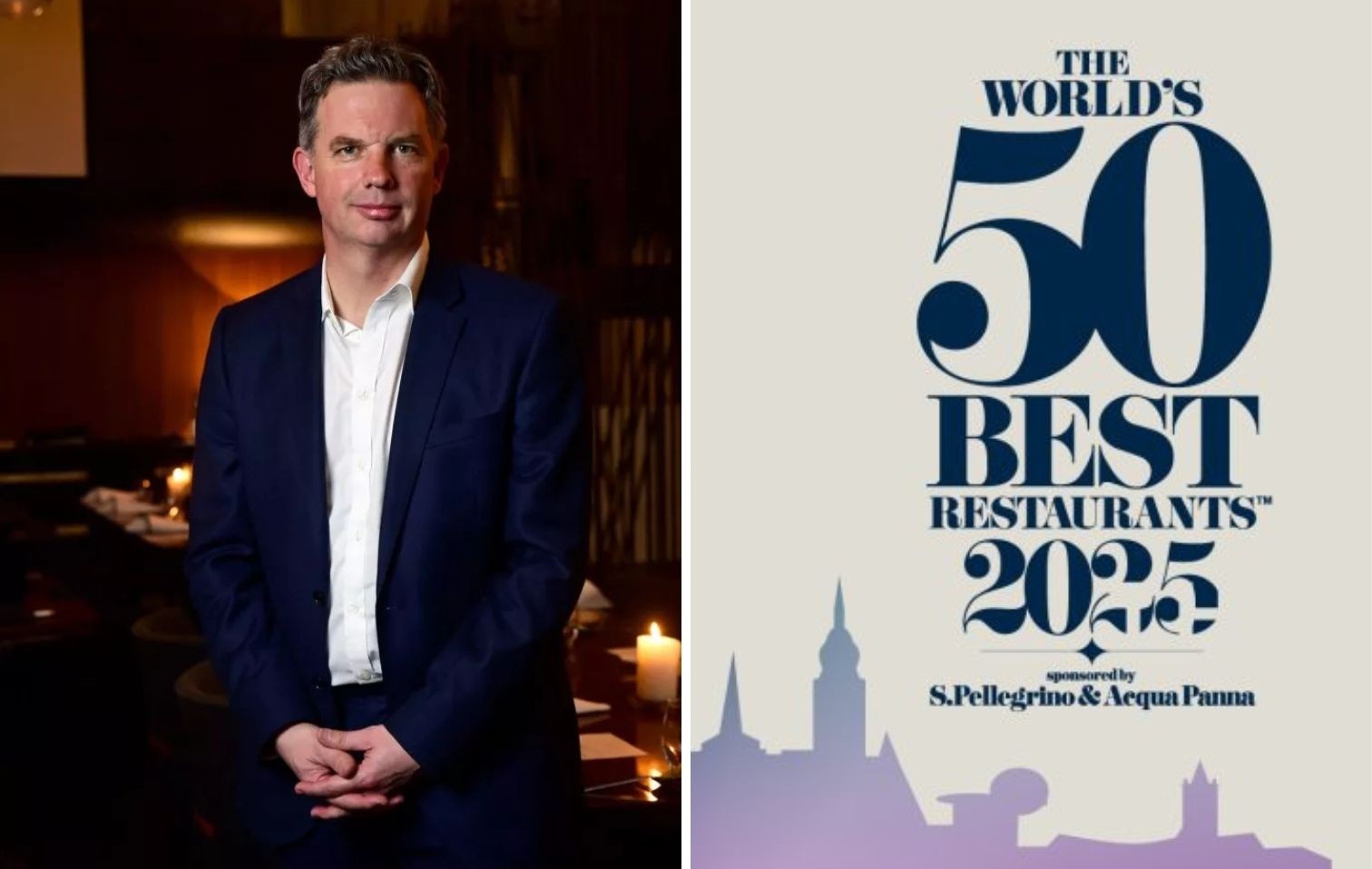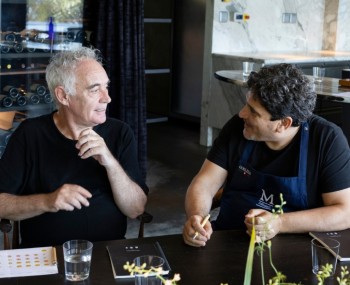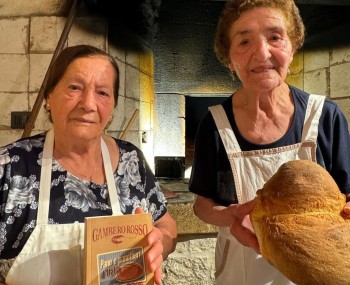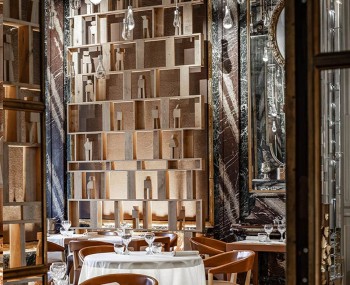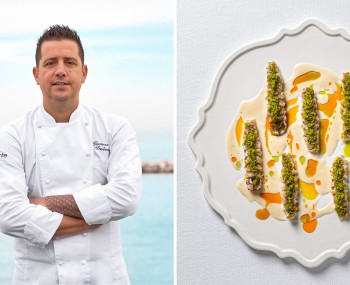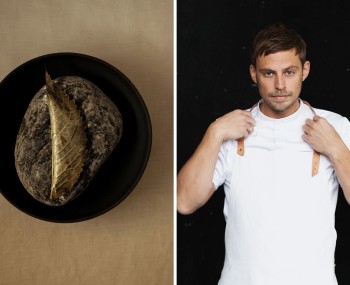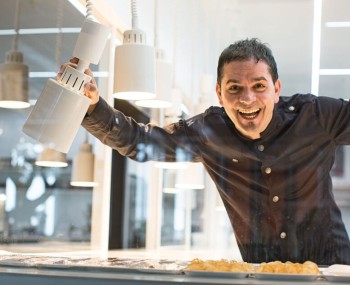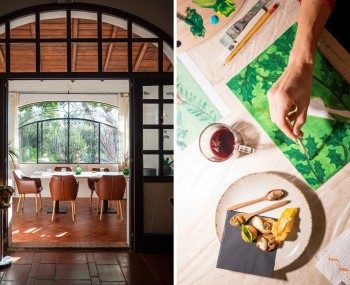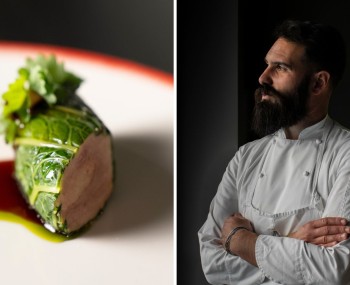With the World's 50 Best Restaurants awards ceremony set to take place in Italy in just a few days, for the first time in its 23-year history, many are wondering how it really works and what benefits it can bring to the city hosting it.
It is well known that this is a sort of Oscar for food, comparable to the most famous night in American cinema, not only for the importance of the awards given, but also for the glamour that surrounds it. So what can Turin expect, having succeeded, with the support of the Piedmont Region, in finding the necessary funds to bring it home? Speaking with William Drew, director of content for the various 50 Best (in addition to restaurants, bars and hotels also have their own lists), it quickly becomes clear that the theme of the host city is more about promoting tourism and attracting foreign visitors than an initiative aimed at involving the local population.

This is not out of snobbery or a desire to create an exclusive and exclusionary environment, but rather because of the nature of the event itself. The main point of hosting the ceremony is the opportunity to welcome the crème de la crème of the world's gastronomy, in a mix of chefs, journalists, foodies, and sponsors that brings together many of the so-called trendsetters recognized by the food community. “In the case of Turin and Piedmont,” says Drew, "it's easy to imagine the immediate effect of being able to share your wonders such as meat, chocolate, hazelnuts, Barolo, and other great wines with an audience made up of the best palates and chefs in the world. In general, for countries like Italy, it is a useful opportunity to reinforce an already excellent image, while for other emerging realities, it can be a valuable tool for making themselves known, perhaps laying the foundations and contacts for building future narratives."

However, there is no real correlation between the arrival of the London circus and the rise of local restaurants in the rankings, although a positive effect can be seen on average, at least in the short term. This is not due to direct commercial reasons, which would delight conspiracy theorists, but to a much more logical and simple explanation: having to make often long journeys to reach the host country, many professionals prefer to extend their stay by a few days, obviously ending up visiting restaurants in the area and giving priority to those already included in the 50 Best circuit. It is a trivial geographical consequence, but one that has a slight impact on the results in the year following the event. The voting system itself (a summary of which can be found at this link) generates much debate, although William Reed (the company that owns the brand and has been editorially in charge since the first edition) is committed to providing more clarification and responding to accusations of favoring unclear practices such as vote trading or buying and selling votes.
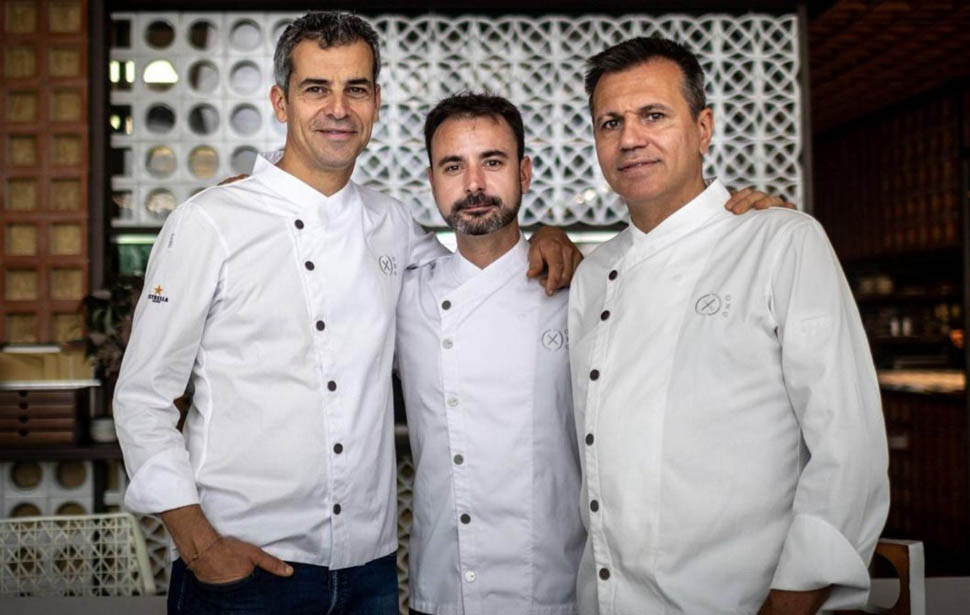
“It's in the nature of any ranking to spark debate,” comments Drew, "because when you establish hierarchies, you tend to upset those who think differently. We are well aware of how much a good ranking in the 50 Best can affect the life of a restaurant or sometimes an entire region, and it is logical that those who can afford it invest in promotional campaigns aimed at increasing their chances of climbing the rankings, but our job is to ensure that any initiative is carried out in accordance with the rules. We update them frequently to keep them in step with changes, and we try to make them less easy to circumvent with each edition. Compared to the past, we have reduced the number of chefs among the voters, so as to discourage any calculation that could lead them to agree to exchange preferences. We are also working on a system that will certify more accurately whether those who vote for a restaurant have actually been there. The idea is to consider not only receipts, but also content posted on social media, other photos taken during the visit, confirmation emails, and so on. This should also minimize another risk, that of a somewhat static ranking that is not prone to major shake-ups due to the constant reconfirmation of those already in the list. There is a possibility that a voter will give their preferences to restaurants in their own country that are on the list, regardless of whether they have visited them or not within the 18-month period that we set as the limit. While this is understandable from a ‘patriotic’ point of view, it undermines the fairness of the process and, above all, makes it much more difficult for a new restaurant to make its mark by replacing one of the more historic ones. There is still a lot to do, but we are doing our best to ensure that the overall credibility of the event continues to increase year after year.
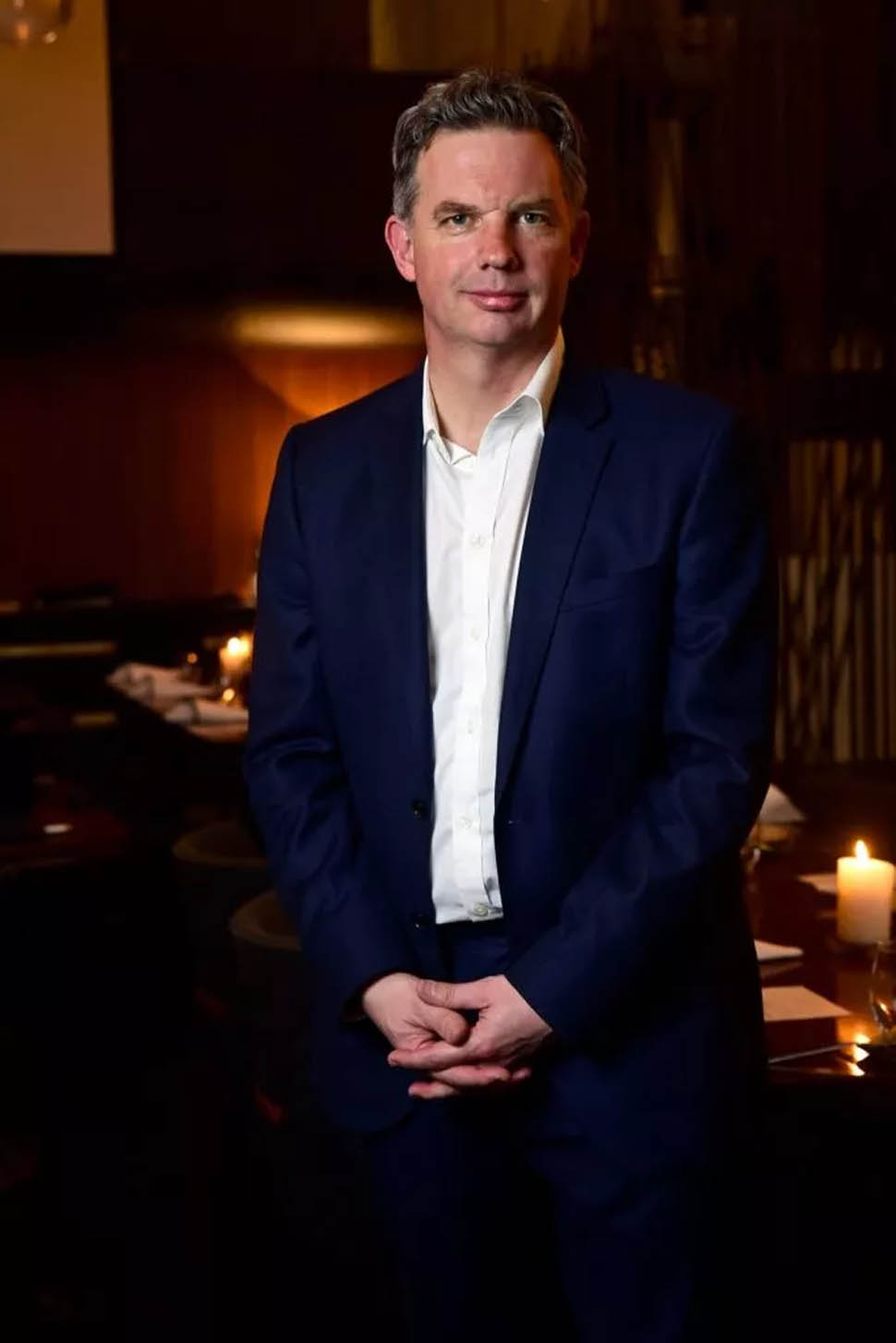
In order to find the positive side of even these aspects that need to be addressed, it should be emphasized that these forms of prevention have become necessary due to the side effects of one of the greatest benefits that 50 Best has brought to this sector over time: the birth and growth of a real community, made up of chefs and foodies from every corner of the world. Furthermore, there are some examples that, without denying the importance of good communication in establishing oneself, demonstrate that success can be achieved through other, less random means. One of this year's favorites, which many of our colleagues hope will win, is Asador Extebarri by Axpe, the Basque temple of fire and embers led by the legendary hands of Bitor Arguinzoniz. He does not speak English, does not have a press office, is difficult to book, and everyone pays their own bill with no special discounts for journalists or foodies.

He has been at the top of the rankings for several years, and after coming second last year, he could well come out on top this time (remember that since the introduction in 2019 of the Best of Best, whereby the winner leaves the rankings and enters a sort of Hall of Fame, whoever has won the silver medal in one edition has always won the next). A triumph for Etxebarri would be the best response to those who argue that the whole event is a web of political games and pharaonic investments, and William Drew comments: "Bitor, and other great chefs like him who prefer to focus on DOING their job every day rather than promoting it, are rightly an example and a source of pride not only for us but for anyone who dedicates themselves to this profession. My role does not allow me to cheer for or support one restaurant over another, but I am pleased to note how the diverse nature of the restaurants competing to win reflects the enormous change this sector is undergoing, with a thousand successful variations, each telling its own story."
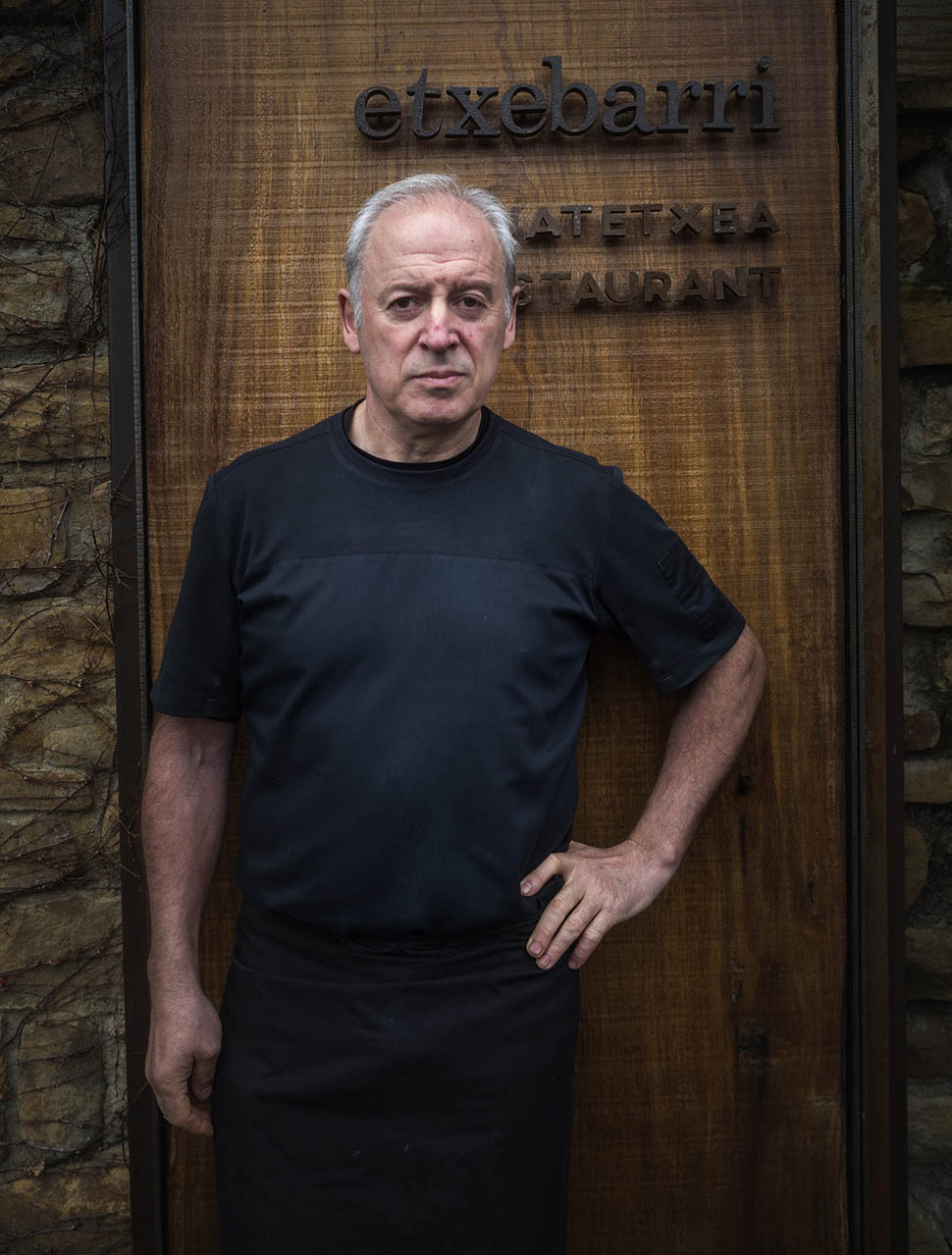
I point out that casual dining is gaining ground everywhere, in contrast to purely fine dining, and that this is the second time that the 50 Best has accompanied and highlighted this trend (the first was with the wave of French bistronomy, which sparked debate but also brought strong winds of change, elevating restaurants such as Septime and Le Châteaubriand to the top of the French and world rankings). Drew responds: “It's proof of how much the ranking reflects the values of contemporary dining like a mirror, without filters. No one can plan a revolution on paper; we are all spectators of changing guest habits, which drive offerings to evolve with them.” Meanwhile, the countdown is ticking down, and the global culinary community has already begun to gather in Turin or explore new parts of Italy before heading to the shadow of the Mole. Will Extebarri really win? Or will Lima's Maido take home the prize, leveraging the support of all of Latin America? Or perhaps it will be a rapidly growing outsider like Copenhagen's Alchemist?
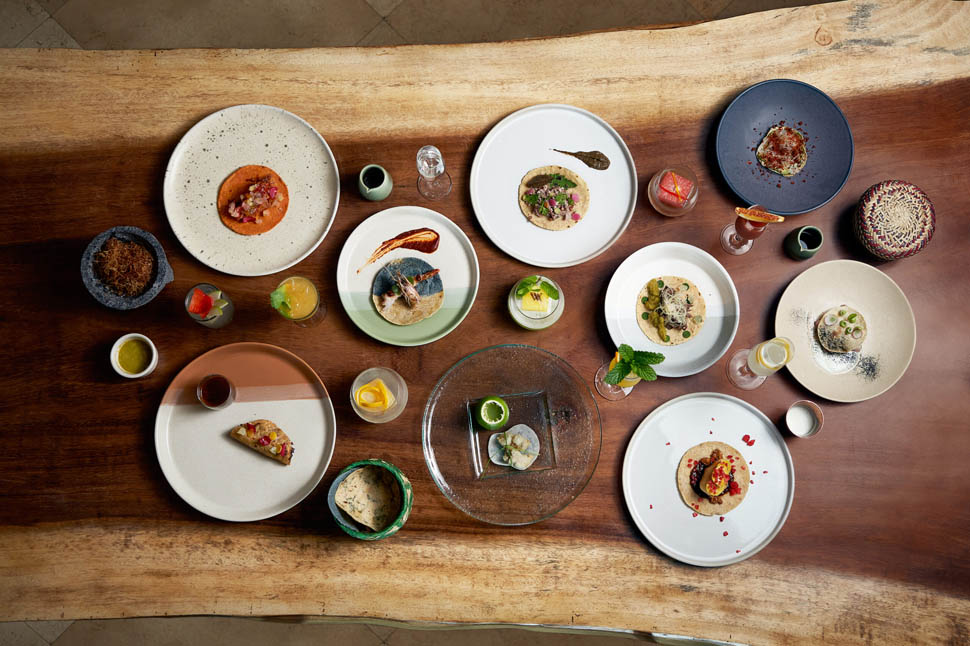
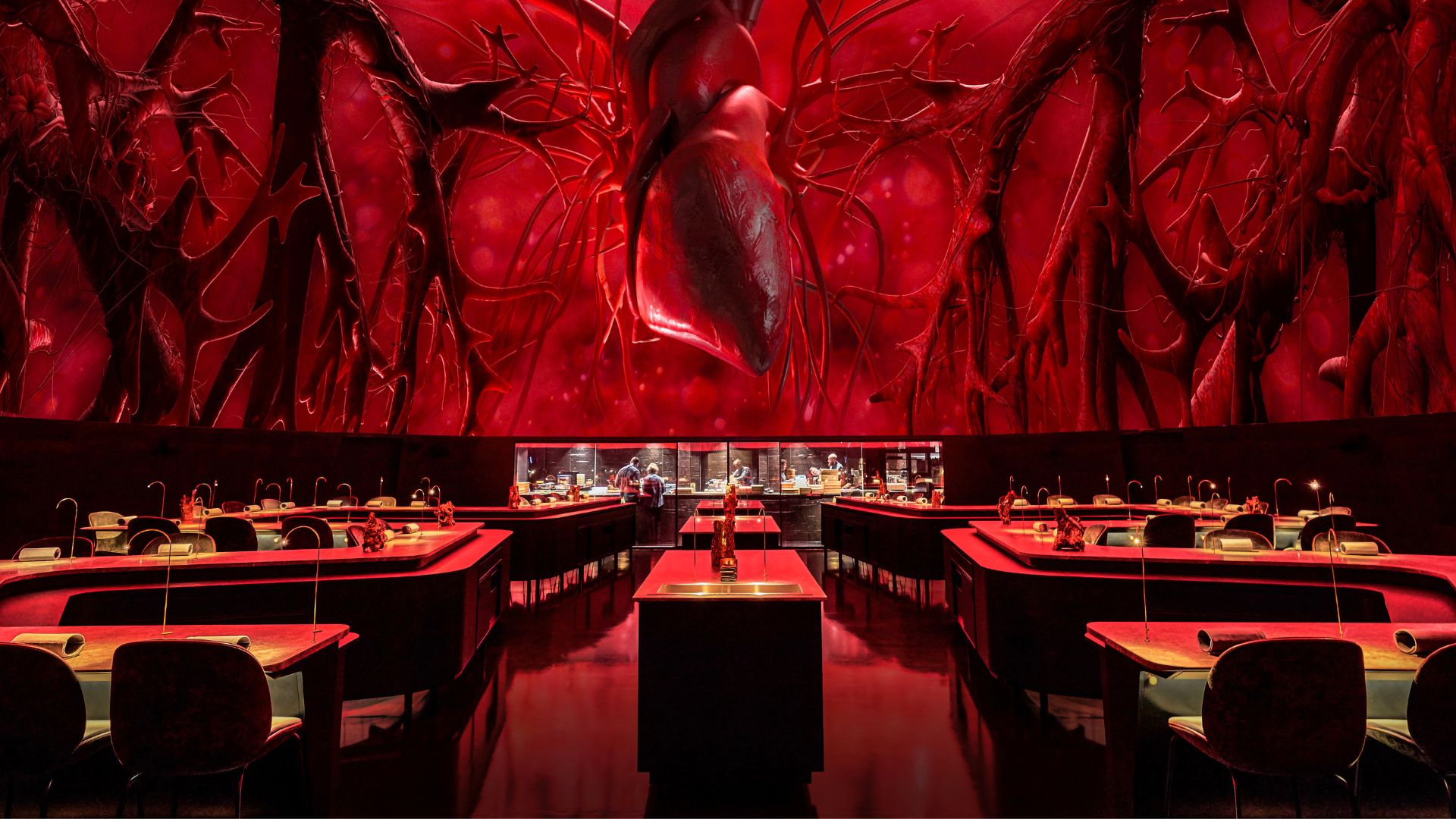
We will have to wait until the evening of June 19 for the answers, but in the meantime, you can play or bet with friends, perhaps offering a bottle of fine wine as a prize. The most important thing to remember when talking about the 50 Best is that, although it is an important ranking capable of changing lives, it is still about hospitality and welcoming guests; in short, the increasingly complicated art of being together.
